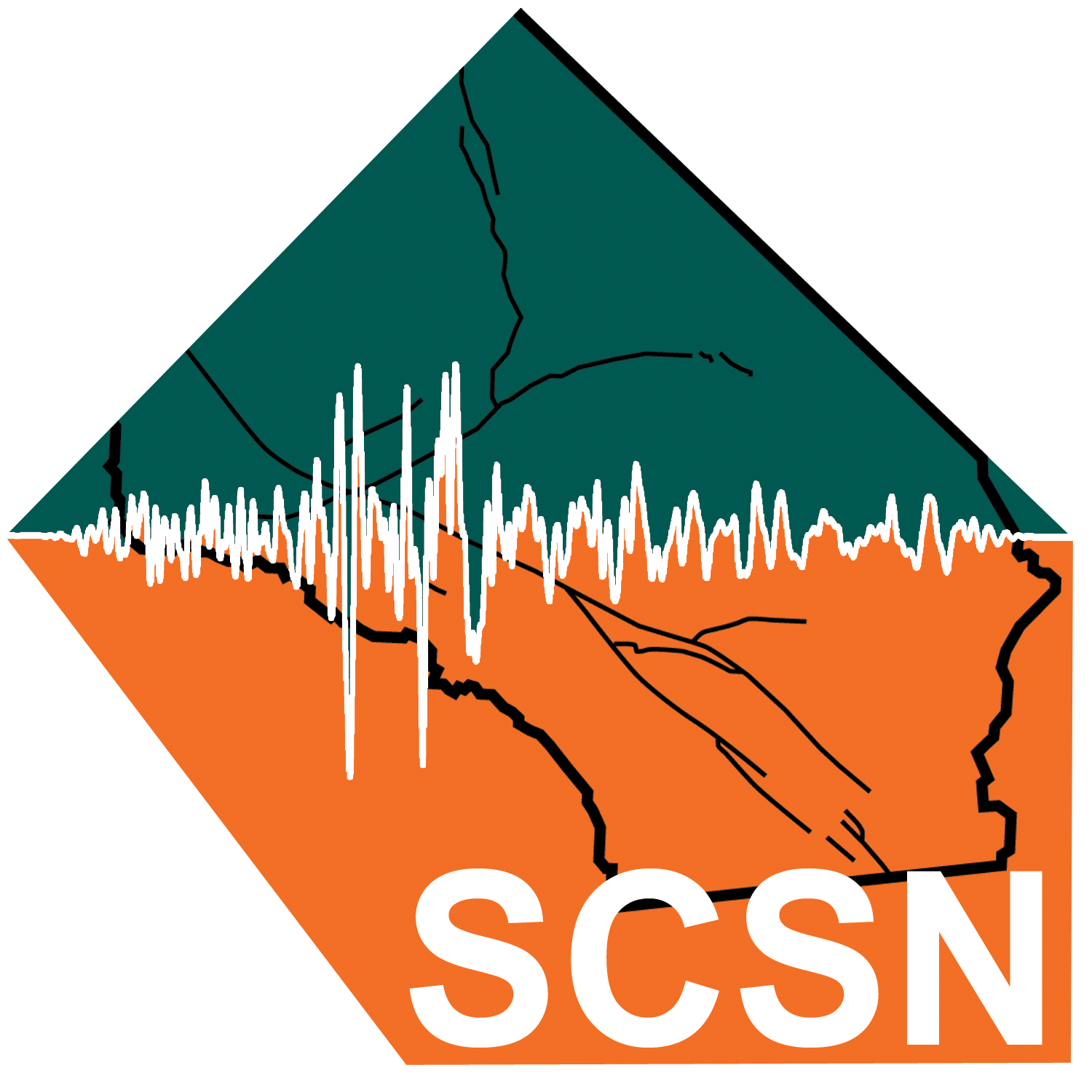Earthquake Information
Chronological Earthquake Index
Hector Mine Earthquake
TYPE OF FAULTING: right-lateral strike-slip
TIME: October 16, 1999 / 2:46:44 am PDT
LOCATION: 34° 36' N, 116° 16' W 32 miles north of the town of Joshua Tree 47 miles east-southeast of Barstow
HYPOCENTRAL DEPTH: 0.01 km
MAGNITUDE: MW7.1
FAULTS RUPTURED: the Lavic Lake fault and the central section of the Bullion fault; some slip may have occurred along other nearby fault zones (current studies are working on this issue)
SURFACE RUPTURE LENGTH: approx. 41 km (26 miles)
MAXIMUM SURFACE OFFSET: 5.2 meters
At 2:46:44 am on the morning of Saturday, October 16, 1999, most of southern California, as well as parts of Arizona and Nevada, shook and rattled in the seismic wake of the largest earthquake to strike the area since the M 7.3 Landers earthquake of June 28, 1992. Originally measured at magnitude 7.0, this earthquake was centered in such a remote part of the Mojave Desert that, instead of being named for the nearest town or the community that suffered the greatest damage, it was named after the closest spot in the list of reference points used by the Southern California Seismic Network: the Hector Mine, an open pit quarry 14 miles (22 km) northwest of the epicenter.
The Hector Mine earthquake was preceeded by a small cluster of foreshocks that begin about 20 hours before the onset of the mainshock. The largest of these foreshocks was a magnitude 3.8 tremor that occurred at 7:41 pm PDT on October 15. These foreshocks were in the same location as a cluster of aftershocks triggered by the 1992 Landers earthquake.
When the mainshock struck, just before 2:47 am PDT, the rupture was somewhat slow in starting. But within about 10 seconds it was over, having ruptured in both directions (bilaterally) from the epicenter: north along the Lavic Lake fault for about 15 kilometers, and south along the Lavic Lake fault and the central Bullion fault for another 26 kilometers.
The location of the earthquake was so remote that it caused relatively negligible damage for a magnitude 7.1 earthquake. The surface rupture was located entirely within the boundaries of the Twentynine Palms Marine Corps Base, and crossed neither paved roads nor structures (unlike the Landers rupture of 1992).
M7.1 Hector Mine Earthquake of 16-26 October 1999







